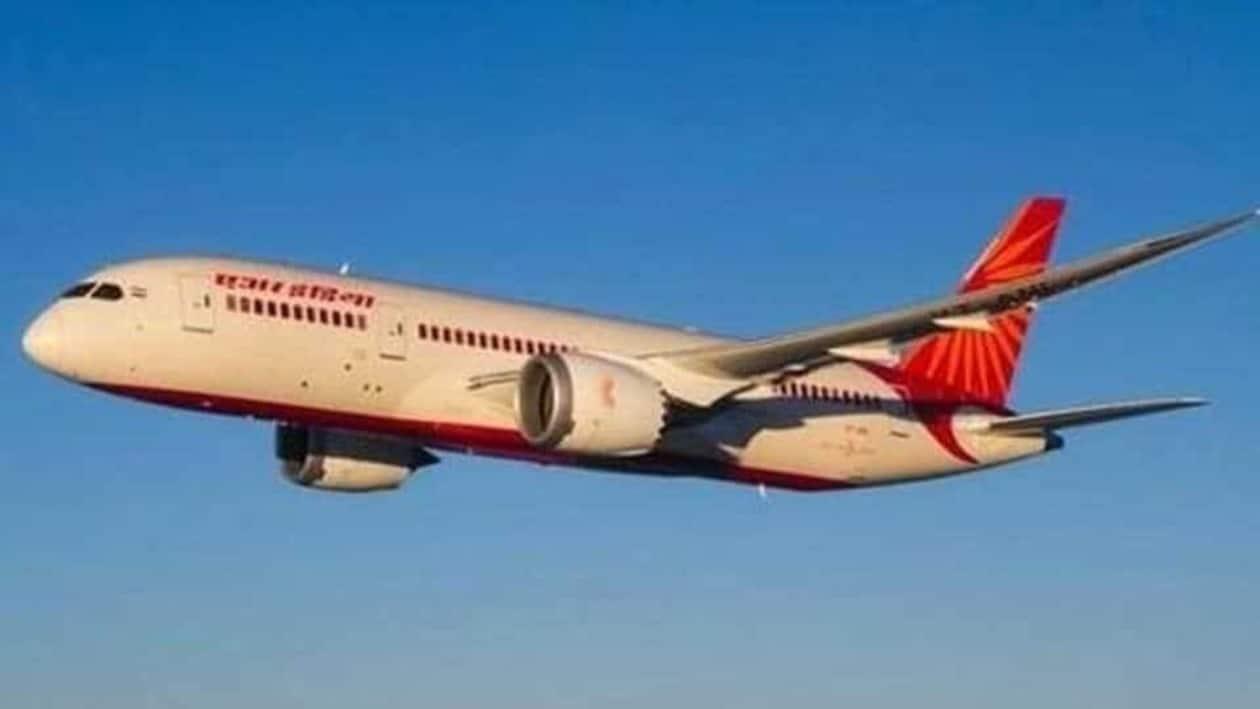The Indian aviation sector has been the hardest hit by the Covid-19 pandemic resulting in significant losses for the airlines.
The sector has recovered strongly due to a revival of domestic and international tourism, as well as a recovery in business travel, but the industry continues to be burdened by other issues.
In the second quarter of FY23, two major airline companies, Interglobe Aviation and SpiceJet, posted a net loss of Rs. 1,583.34 and Rs. 833.3 crores, respectively. Major reasons? Rising cost of fuel and the declining value of the Indian rupee.
An increase in jet fuel prices (ATF) resulted in higher operating expenses since 40% of an airline's operating expenses are accounted for by ATF. A fall in the value of the rupee led to a rise in the operational costs for airlines, eroding margins and impacting profitability as ATF prices and other costs are priced in dollars.
Notwithstanding the revenue rising by 121% to ₹12,852.29 crore in the second quarter, Interglobe Aviation reported a widening loss of ₹1,583.34 crore for the September quarter, compared to a net loss of ₹1,435.66 crore in a similar quarter of last year.
The company's total expenses jumped to ₹14,435.57 crore. Fuel costs in the latest September quarter surged 214% to ₹6,257.9 crore from ₹1,989.4 crore in the year-ago period.
The operating profit in Q2 FY23 was ₹27.3 crore, a 95% decline from the previous quarter of ₹598.6 crore. The airline reported an operating profit of ₹191 crore in the second quarter of FY22.
Similarly, budget carrier SpiceJet posted a net loss of ₹833.3 crore in the July-September quarter. In the year-ago period, the company posted a net loss of ₹570.6 crore. It posted a 32.14% YoY jump in revenue to ₹2,101.8 crore in Q2 compared to ₹1,532.5 crore in the year-ago period.
Total expenses for the airline were at ₹2,509.8 crore, up nearly 52.40% from ₹1,646.8 crore a year ago.
The company said business in the second quarter of the current fiscal year was hit by record-high fuel prices, depreciating rupee in the traditionally weak quarter.
Shares of SpiceJet stood as the top laggard in the last year, eroding nearly 50% of investors' wealth. Meanwhile, the low-cost carrier experienced seven emergency landings between June and July.
According to the projections made by the credit rating agency firm ICRA, it appears that the sector's worst period will continue through this fiscal.
The agency forecasted gloomy figures for the country’s carriers for the financial year 2023. As per the report, India's domestic airline industry will post a net loss of ₹15,000 crore owing to increased fuel costs.
It also noted that the 8% dip in traffic compared to pre-pandemic levels is also a major threat to the earnings and liquidity profile of airlines in the near-to-medium term.
Adding to that, the falling Indian rupee against the US dollar will have a major impact on the airline cost structure. Debt levels, including lease liabilities, are expected to be around ₹one lakh crore in the ongoing financial year, the agency said.
Airlines' efforts to grow their market share are likely to limit their ability to expand margins in a situation with elevated fuel costs, it added.
Meanwhile, the airline industry took on a lot of debt to try to weather COVID-19, and the government in October, modified the emergency credit line guarantee scheme (ECLGS) for the aviation sector by raising the loan limit to ₹1,500 crore from ₹400 crore earlier, according to media reports. The ECLGS was announced in May 2020 in the wake of the outbreak of COVID-19 to help various sectors, especially in the MSME segment.
Disclaimer: The views and recommendations made above are those of individual analysts or broking companies, and not of MintGenie.
